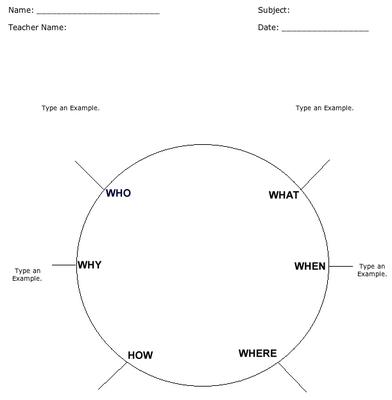Making Megilloth kits
You can create map kits (scrolls in different fonts, font size (large print edition in A3), scroll holder (like what your scrolls come in when you graduate), try it in multiple languages* You just need to provide pens and markers to accompany scrolls
* That could be interesting. When I was in London studying for my MTh at King's, my HK colleague read the English bible from left to right, the Hebrew Bible from right to left, and the Chinese Bible from top to bottom)
* That could be interesting. When I was in London studying for my MTh at King's, my HK colleague read the English bible from left to right, the Hebrew Bible from right to left, and the Chinese Bible from top to bottom)


